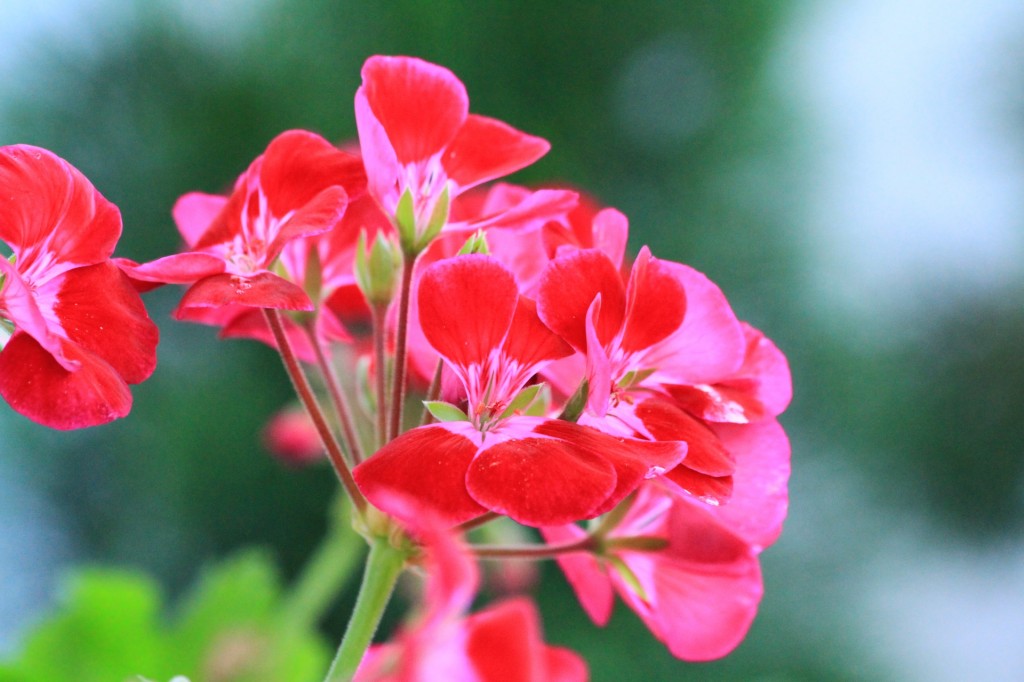Keeping You Annuals Happy Throughout The Summer
Keeping Your Annuals Happy For The Rest Of The Summer
By, Ann Meisoll
Are your geraniums looking tired? Is your sweet potato vine running amok? Maybe all your garden needs is a little TLC. Summer heat can be tough on annuals that are usually tough as nails. Here are a few tips to help them look their best for the rest of the season.
Water: Unless you’re growing cactus, watering is a must-do. Water early in the morning (if at all possible), and water deeply. Try to keep excess water off your plants, to avoid spreading diseases. Using a sprinkler sounds like a good idea, but it likely won’t drop enough water for your annuals to really survive and thrive.
Some alternatives to hand-watering: Install a drip irrigation system or soaker hoses. Going away on vacation? Water all your plants thoroughly and then add a product called Vacation to the soil. Vacation will help trap and release moisture as needed for up to 2 weeks. It breaks down when water is added after the fact, so a heavy rain would probably dilute it.
Feeding: Annuals need food just like humans and animals, only not quite as often. Keep them blooming with a weekly application of Ferti-Lome Blooming & Rooting mixed into water. Espoma Flower-tone is a great organic alternative. It is a granular that goes on dry and it will break down over time as the plant is watered.
Pruning/deadheading: Deadheading is simple, but time-consuming. All you need to do is either snap off dead bloom stems (like on geraniums), or cut off flower seed pods (like on lantana). By doing this, the plant puts more energy back into producing more flowers, instead of trying to reproduce by creating seeds. Prune your tall leggy annuals back by 1/3 to ½ and fertilize them. You’ll have stronger, bushier plants that will bloom up until frost.
Leaf/bloom damage: If you start seeing a lot of leaves with holes chewed in them or blooms disappearing from your plants, you most likely have an animal or insect problem. This time of year, slugs and caterpillars are the most likely culprits, but squirrels and rabbits have been found to do damage also. Slugs come out after sundown, and leave a slime trail. Kill them with salt, beer, or slug bait. Caterpillars will usually leave droppings behind—this is the easiest way to identify them. Be on the lookout for monarch butterfly larvae –don’t kill them! There are a number of different insect controls to get rid of caterpillars, from Sevin to Dipel to Bt.
Something not blooming? Don’t be surprised if plants just stop blooming. Sometimes annuals just get too stressed from the heat, and they just stop producing buds and blooms. Once they get a break in the weather and things cool down, they should start up again. Be sure to keep watering and fertilizing just like you would if the plant was in bloom.










